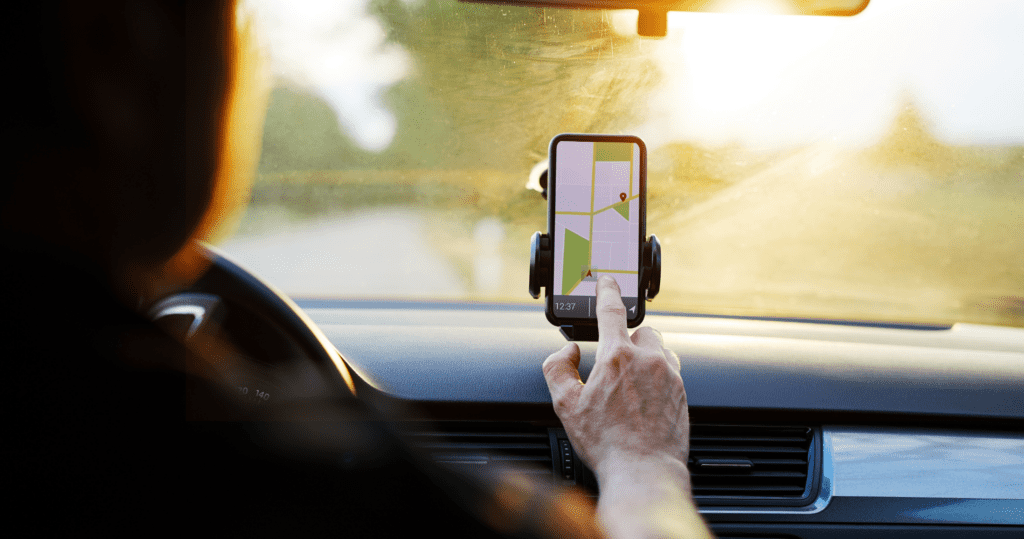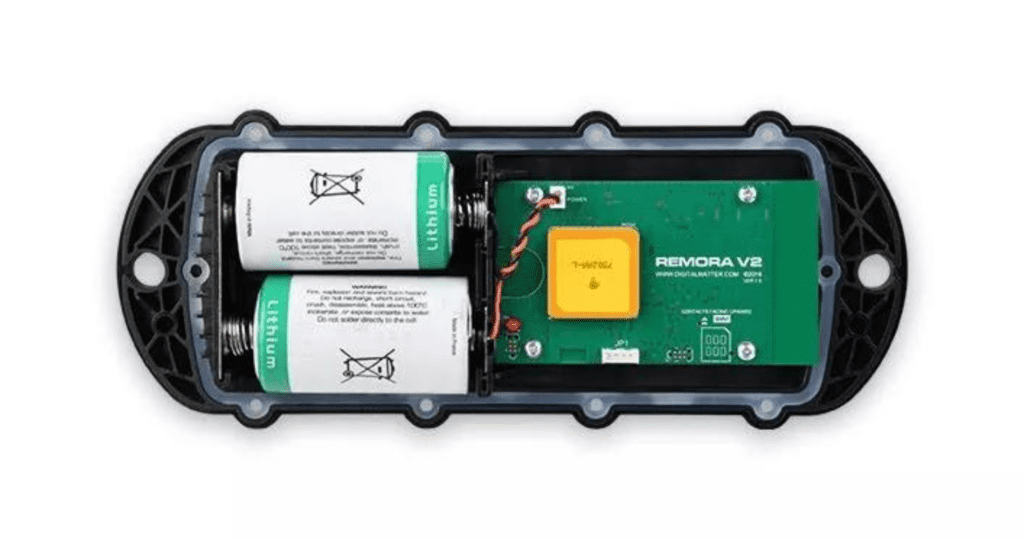The global GPS tracking device market is expected to reach 5.5 billion by 2028. These tracking devices are widely used in industries like transportation, logistics, construction, government, mining, etc.
So whether you are looking to track your commercial fleet of vehicles or keep an eye on your teenager who has recently learned to drive, there is a type of GPS tracker available that is suited to your needs.
Owing to an avid interest in GPS, I have reviewed several GPS tracking devices over the years and helped buyers make an informed purchase.
If you are particularly looking to track your cars, hardwired and OBD trackers are your ideal options. They provide location updates along with insights into the vehicle’s health.
If discretion is a priority, you can consider battery-powered portable trackers. You can place them inside the car or on its underside. You can easily switch these devices between vehicles as well.
The article will focus on these different car trackers, their features, and, more specifically, how to install GPS trackers in cars.
What are Different Types of Car GPS Trackers?

GPS trackers can be differentiated based on how they are placed in the vehicle and how they work. Here are the basic types of car GPS trackers.
1. Hardwired Car GPS Tracker
As the name suggests, the tracker is directly connected to your car. It will use the vehicle battery to operate.
If you need the tracker concealed from view, hardwired trackers do the job. Fleet management and delivery companies often use these trackers to keep track of their cars, trucks, and vans.
As the tracker is connected to the car, you can receive more than location updates. You can get alerts when the vehicle’s check engine light is on, fuel availability and usage, and other maintenance alerts.
The hardwired GPS tracker from Spytec is a good product. One of the user-friendly features is that you do not have to worry about routinely charging the device. As long as the vehicle battery works, the tracker will also function.
2. OBD Car GPS Trackers
Another type of tracker that directly connects to your vehicle is the OBD tracker. They are one of the easiest trackers to install. And they come almost ready to use once out of their packaging.
Like hardwired, these trackers also rely on the vehicle’s battery. The tracker’s plug-in and out capability makes using the device on different cars easier. Brands do offer attachment accessories for bigger vehicles that tend to be incompatible.
Again, as the tracker connects to the car, you can get maintenance and diagnostic alerts about your vehicle’s health. It can also provide details on driving behaviors like harsh braking, speed acceleration, speed limits, etc.
If you want an OBD tracker, consider brands like LandAirSea and Bouncie.
3. Battery-Operated Car GPS Trackers
These are portable trackers that rely on their internal batteries to work. These trackers are comparatively small in size.
Car tracking is only one of the many applications of these trackers. They can be used for other applications like personnel, luggage, and valuable tracking.
If receiving accurate location updates at budget-friendly prices is a priority, battery-operated trackers would be a good option.
The tracker’s battery life may vary depending on the brand, product, and usage. For example, if you set the tracker to receive real-time updates, it must be charged once a day or two. Or if the tracker is used at a 1-minute refresh rate for a couple of hours during the day, the battery may last 3 to 5 days.
Tracki is one of the smallest battery-operated trackers you can explore. Spytec and LandAirSea also offer trackers under this category.
Please note battery-operated trackers are not capable of providing vehicle diagnostic alerts.
4. Mobile Apps

You can use your mobile apps to track if you do not want to buy a separate GPS tracker. For example, you can use your old mobile phone or buy a pocket-friendly basic smartphone.
You will first have to download the app on the secondary phone. Next, pair it with your primary phone to receive location updates. Lastly, place the secondary phone in the car you want to track.
Mobile apps may be less accurate than the GPS tracker types on this list, but they are the cheapest option to get the job done.
How to Install GPS Tracker in a Car?
Now that we understand different GPS trackers and what they can do, let us go through the installation process.
1. Hardwired Car GPS Tracker
In terms of installation, hardwired GPS trackers are the most complex. It can take about an hour to complete the process. And if you are not electrically inclined, getting a mechanic to do the job would be best.
A hardwired tracker can include two or three wires. It depends on the product.
The best location for the tracker to be away from view is under the dashboard. A typical 3-wire installation process begins by first connecting the red wire of the tracker to a 12 VDC power source.
Next, connect the white wire of the tracker to the ignition wire. Lastly, connect the tracker’s ground wire to the vehicle’s ground wire. Always ensure the tracker derives power from the ignition source.
Most brands provide a detailed installation guide with their trackers. You can visit the brand’s website for video tutorials as well.
I personally have found hardwired trackers challenging to install. I can manage with some supervision. But if you are unsure where the wires go, I strongly recommend you see a professional.
2. OBD Car GPS Trackers
Installing an OBD tracker is much easier than a hardwired tracker. And it takes only a few minutes to get the device going.
An OBD-II port is a common component you can find in your car. In the US, post-1996, the port was made mandatory for cars.
The actual position of the port may vary depending on the vehicle. Sometimes, the port could be on the passenger side, but this is rare. But it’s typically located under the steering wheel.
The trackers are also known as plug-in trackers because all you have to do is plug the device onto the vehicle’s OBD port.
You must download the tracking app and create your account beforehand to recognize the device. In an open area, acquiring a GPS signal should only take a few minutes.
From downloading the app to connecting the device and using the app, the installation process for OBD trackers should take about 10-20 minutes.
OBD devices top my list when it comes to tracking cars. It provides the benefits of a hardwired tracker but has a much easier plug-and-play installation.
3. Battery-Operated Car GPS Trackers

In the case of battery-operated trackers, you have multiple placement options in a car.
You must ensure that the device is not placed close to surfaces that can heat up fast. Or in areas where the device could be concealed entirely with metal walls, as it could affect GPS signal strength.
Considering these precautions, you can place the tracker inside the car’s glove box, under the dashboard, inside the seat pocket, under the seat cushioning or floor carpets, or near the front and rear bumpers.
Some devices come with a magnetic mounting option. These trackers can be placed on the underside of the cars.
You may have to charge the battery-operated tracker once out of the box. You may also have to drive around for a few minutes for the device to acquire a GPS signal and start working.
With these trackers, it is about setting up the device and finding the proper placement. And this placement can take some trial and error. So do not discredit the tracker in case of inaccurate location updates; try a placement that will not hinder the GPS signal.
FAQ’s
According to law, placing trackers without the owner’s consent is an offense. You can install a GPS tracker on a car without the owner knowing, but it is not something you should be doing.
The GPS device in itself does not need the internet to work. Instead, it receives signals from GPS satellites. But you will need the internet to receive location updates and notifications on your phone.
Yes. Car GPS trackers like hardwired and OBD work by connecting to the vehicle battery. Some of these trackers may have a small in-built battery to continue to work even when the car engine is turned off.
Summary
A car GPS tracker can always let you know where your car is. It can give you peace of mind as you can monitor if your kids or elderly parents have reached their destination safely. You can avoid getting lost in crowded parking lots.
From a business perspective, it can help you better manage your fleet and your employees driving habits.
I hope the above detailed description of installing GPS trackers in cars helps you find the right device. OBD and battery-powered trackers are the easiest to install.
Hardwired trackers can have a complex installation process, but you can always seek professional help.

Meet Klark Kurz, a GPS enthusiast and author with a B.B.A. in Finance from Texas A&M University. With a passion for technology and innovation, Klark provides accessible and user-friendly content to help individuals and businesses make informed decisions. As a regular contributor to TraxFamily.com, Klark’s insights and practical advice make GPS tracking more accessible, affordable, and user-friendly.
